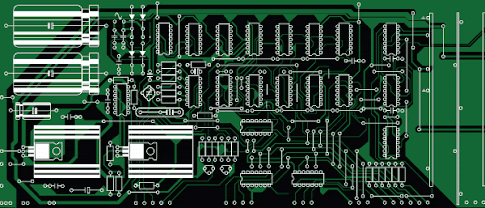Essay - Observing Systems-Arts from a Systems-Theoretical Perspective.
Extract from Francis Halsall's Systems-Art Theory Essay. -
'If the field of art history, with its obsessive concern fro the materiality and 'specificity' of media, the supposedly 'dematerialized' realm of virtual and digital media, as well as the whole sphere of mass media, are commonly seen either as beyond the pale or as a threatening invader, gathering at the gates of the aesthetic and artistic citadel'
I have to wonder why a text which discusses new media arts' slow acceptance in the art world a result of it's inability to articulate to a wider audience ironic, when the text itself is written in a language which is convoluted and unnecessarily wordy. On first reading it was virtually
intelligible, it was only by discussing it today and translating it into English that it made more sense. Something that is written exclusively with academics in mind as its audience, is clearly a victim of the same failings it painfully states is effecting new media.
So it discusses how new media art is having a tough time being accepted within the art world, and is seen as something threatening to artistic sensibility, or in some way a grotesque blasphemous challenge to the often arrogant attitude of fine art practitioners and critics.
This is nothing new, the history of art is peppered with similar such cases where a new media or style of artistic interpretation has initially been challenged by the existing art world. In the 16th century, the work of Dutch realist painters were accused (by mainly Italian Renaissance painters) of having little artist merit as they simply recorded what was in front of their eyes, without any artistic interpretation or embellishment.
This initial lack of acceptance for new art forms can be seen with the introduction of photography. It took a long time for it to be accepted as an art form, its mechanical method of capturing images, coupled with the fact that the photographer didn't 'work the canvas' in ways familiar to traditional painters, meant that photography was dismissed by many art critics and theorists.
The same can be said for the arrival of digital photography and digital photo realistic images, there was an initial reluctance to accept them as valid art forms, citing the same excuses as all the times.
Also text is probably not as relevant today as when it was first published, as nowadays new media art has generally been accepted within the art world and society as a whole. Installations and exhibitions around the world make use of and incorporate new media technology in both the creative process and the display methods. Online web-based art is also expanding from its niche following to become a more common medium.



No comments:
Post a Comment